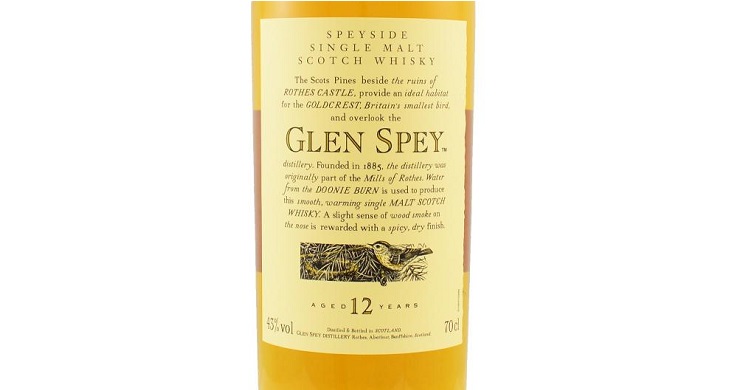
Whiskey Month at Birds and Booze:
After going on hiatus last year, Birds and Booze’s Whiskey Month at 10,000 Birds is back and setting its sights on whiskeys all month long this February. The cold and dreary dead of winter is as good a reason as any to warm up with a restorative dram of uisce, especially after a blustery morning spent scanning flocks of gulls on an icy shore, trudging through woodland snowdrifts in search of new year-birds, or any other half-crazed birding one does in the dead winter. All month long we’ll be visiting – in spirits, at least – the rugged Celtic landscapes of Scotland and Ireland where whiskey was born and – with luck – have a look at the birds that inhabit them.
One of the surest signs of approaching winter in Britain is the influx of Eurasian Woodcock (Scolopax rusticola) arriving from summering grounds in Scandinavia, Siberia, and the Russian Far East, which together encompass an enormous, forested swath of the Northern Hemisphere that supports the greater part of the world’s breeding population. Also arriving from the same direction in the fall is the miniscule Goldcrest (Regulus regulus), whose appearance as an autumn migrant reliably coincides with the woodcock by a matter of a few days. In northern England, this punctual coincidence earned the Goldcrest the odd, old Yorkshire nickname of “woodcock pilot” owing to the mistaken folk belief that these littlest of British songbirds were actually carried there on the backs of the larger, woodland wader, huddled tightly against the feathers of the woodcock as they traversed the rough, roiling waters of the North Sea on a westerly tailwind together. How else could a bird as fragile and dainty as a little kinglet make such a perilous journey?
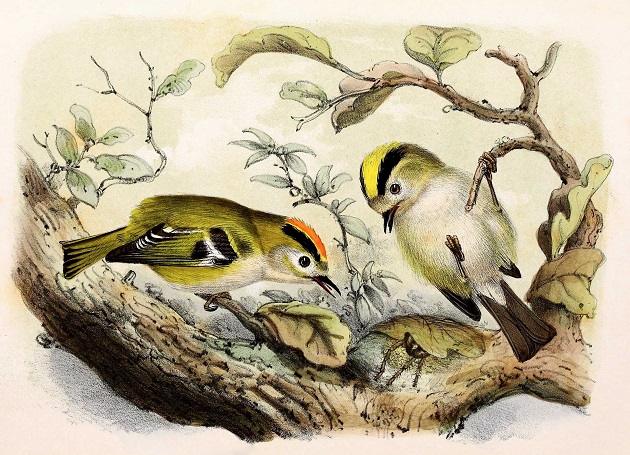
A pair of Goldcrests (Regulus regulus) as illustrated by Dutch bird illustrator J.G. Keulemans (1842 – 1912) in Onze vogels in huis en tuin (“Our Birds in Home and Garden”).
In other versions of this story, the Goldcrest hitches a ride instead on the wings of a Short-eared Owl (Asio flammeus, once known in parts of England as the “woodcock owl”), a belief related in this note by T.H. Nelson of Redcar on the Yorkshire Coast, published in The Zoologist in 1882:
The following fact was sent to me by Mr. Wilson, the foreman on the South Gare Breakwater at the mouth of the Tees.
Wilson said “I was at the end of the Gare on the morning of the 16th of October 1879 and saw a Woodcock Owl come flopping across the sea. As it got nearer, I saw something sitting between its shoulders, and wondered what it could be. The owl came and lit on the gearing within ten yards of where I was standing, and, directly it came down, a little bird dropped off its back and flew along the Gare. I signalled for a gun, but the owl saw me move and flew off across the river. We followed the little bird and caught it, and I sent it to Mussell to be made into a feather for my daughter’s hat.
The little bird was a Golden-crested Wren. I have asked Mussell about this affair, and he tells me Wilson gave him exactly the same version as above. Wilson could have had no inducement in telling me other than the truth. It does not necessarily follow that the Goldcrest came the whole way across the North Sea on the back of the owl; but I think it is quite possible that, feeling tired on the way, it might have availed itself of the assistance of its compagnon de voyage, and so be carried to shore. Wilson further told me he had seen another wren on an owl’s back about a fortnight after he saw the first one.
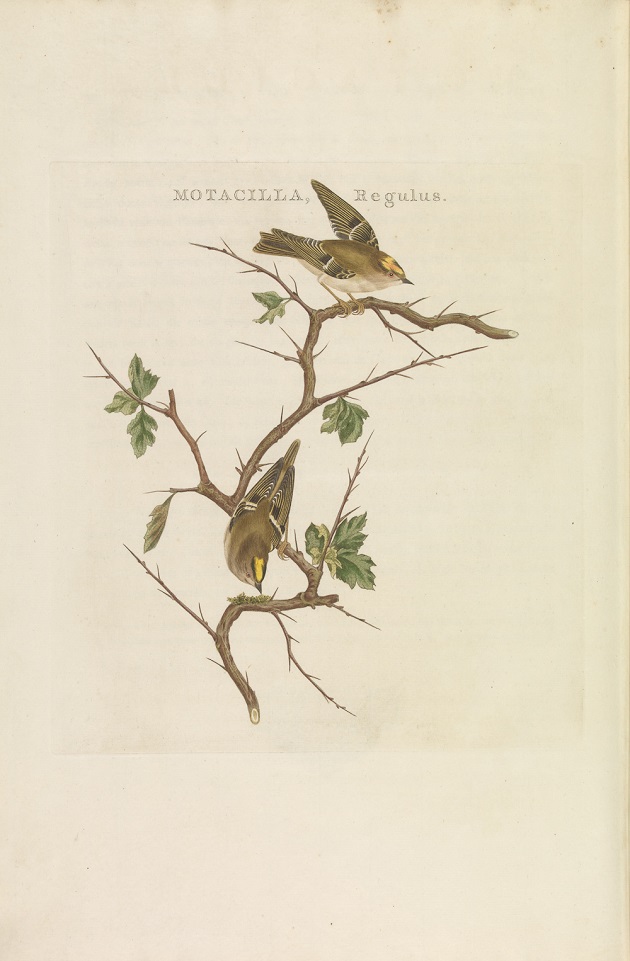
Goldcrests from Nederlandsche vogelen (“Dutch Birds”) by Cornelius Nozeman (1720-1786) and Christiaan Sepp (c. 1710/12-1775).
Whether they’re carried there by woodcock or owl, or manage the North Sea crossing on their own, these autumn migrant Goldcrests augment a year-round resident population in the British Isles, though the species as a whole can be quite susceptible to the privations of the harshest winters. This can result in noticeable population crashes from year to year, causing these songbirds at one point in the eighteenth century to be “almost as rare as any bird we know”, according to the parson-naturalist Gilbert White.
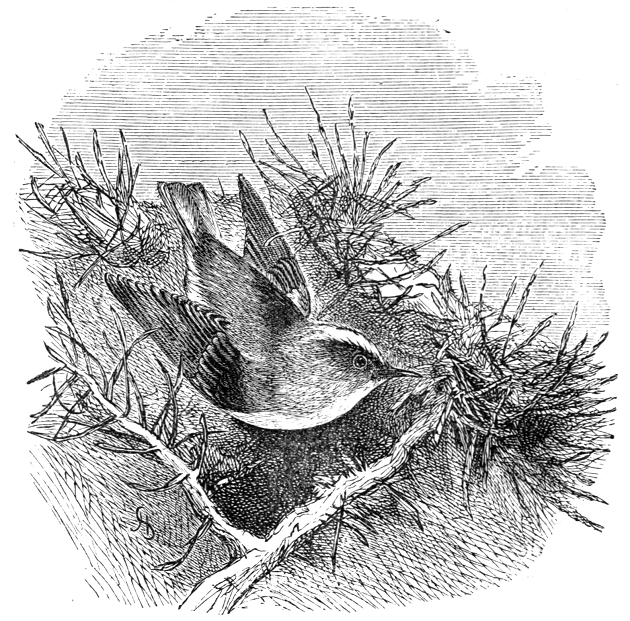
The Goldcrest is known by other folk names as well. In Hampshire, it’s called the “thumb bird” on account of its small size and the “golden cutty” because this miniscule bird looks to have been cut a bit short. Suffolk fishermen working the North Sea waters off the East Anglia coast called the Goldcrest the “herring spink” or “tot o’er the seas” for the remarkable propensity of westbound flocks to alight on the rigging of fishing boats for a migratory respite out over the briny deep.
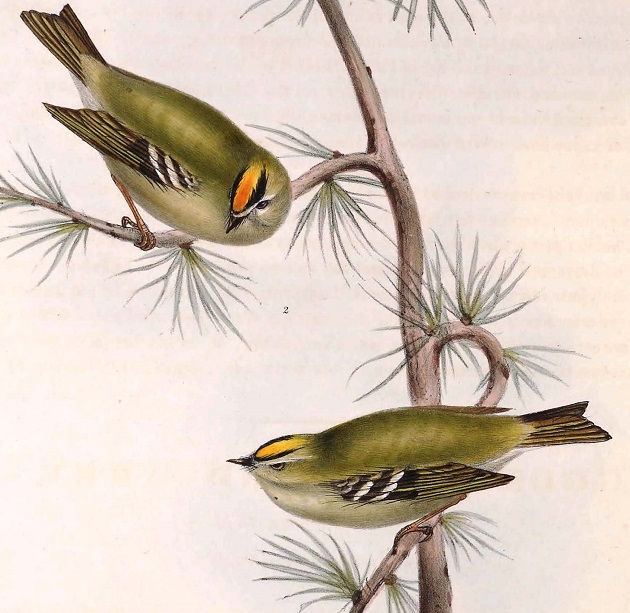
Detail of a pair of Goldcrests from English ornithologist John Gould’s (1804-1881) The Birds of Europe, Volume II (1837).
Further north in the British Isles, the tiny Goldcrest is found in all seasons in the pine forests near Glen Spey, the Scottish whisky distillery featured in this week’s edition of Birds and Booze. Founded in 1885 by James Stuart (later an owner of Macallan), Glen Spey is located in the heart of Scotland’s Speyside whisky region, along the banks of the River Spey in the Moray town of Rothes (the distillery’s name in Scots Gaelic means “the valley of the Spey”). Glen Spey draws its production water from the nearby Doonie Burn and uses lightly peated malt in its recipe. The distillery’s two wash stills employ purifier pipes that force the distillate to recondense, causing it to fall back into the wash for redistillation, a process known as reflux that results in a smoother, slightly oilier whisky (an unusual production technique also used at fellow Speyside distilleries Glen Grant, Glenlossie, and Strathmill). The whisky is finished on site in old bourbon and refill casks.
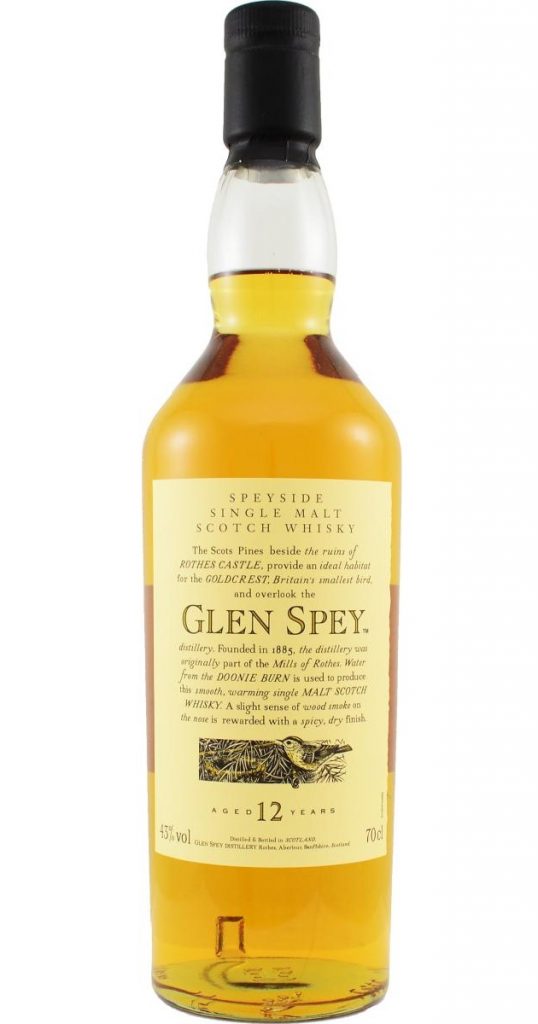
Glen Spey is currently owned by the multinational beverage company Diageo, and individual bottlings are rare, as its entire single malt output is generally destined for use in blended whiskies, mostly under the Justerini & Brooks and Spey Royal labels. However, there have been a few special releases of Glen Spey as a single malt bottling, most notably the 12-year-old expression included as part of Diageo’s “Flora and Fauna” series. Introduced in 1991 by Diageo (when it was then United Distillers & Vintners), the Flora and Fauna range was created to showcase the smaller, lesser-known distilleries in that company’s portfolio, little workhorse operations from all over Scotland that supply the bulk of the whisky production used in commercial blending, but whose product is generally unavailable in single malt form to drinkers outside of exclusive auction and collector circles. The name “Flora and Fauna” was coined by the legendary beer and whisky writer Michael Jackson because each of labels of the series (originally released without a name) featured a different Scottish animal or plant label illustration for all 26 distilleries included in this release.
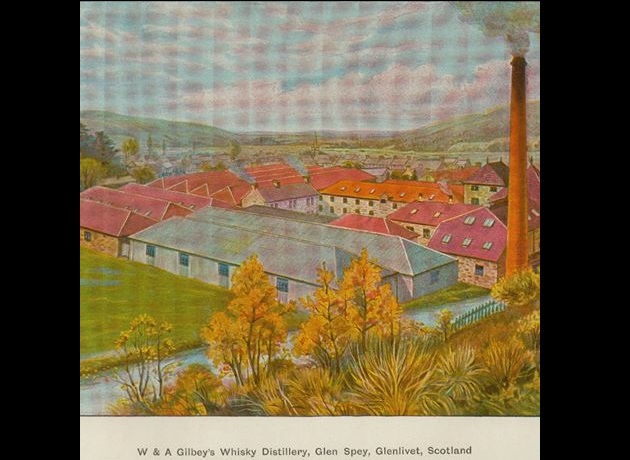
The Flora and Fauna series has certainly made these sought-after single malts more accessible than they once were, but several of the bottlings have been discontinued due to the sale or closure of some of the distilleries, becoming highly priced collectors’ items. The Glen Spey 12-year-old remains part of the current Flora and Fauna offering, but even still, it can be difficult to get one’s hands on these bottles in the United States.
Like many Speyside whiskies, this 12-year-old Glen Spey is light, sweet, and approachable. There is a delicate maltiness to the nose, with hints of new-mown hay, dried apples, woody maple syrup, beeswax, and candied ginger. The palate envelops a cereal sweetness with touches of marzipan, chestnuts, and orange curd, and the creamy mouthfeel is balanced by short, spicy finish with a touch of marmalade. If you can find a bottle, this 12-year-old Speyside whisky from Glen Spey makes for a thoroughly pleasant, easy-drinking dram
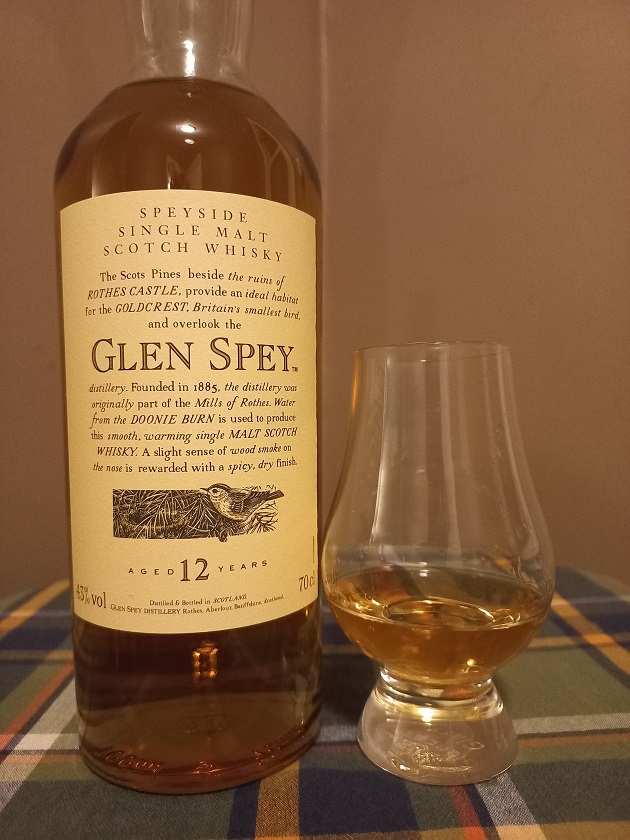
Good birding and happy drinking!
Glen Spey Distillery: 12-Year-Old Single Malt Whisky

Three out of five feathers (Good)













Leave a Comment